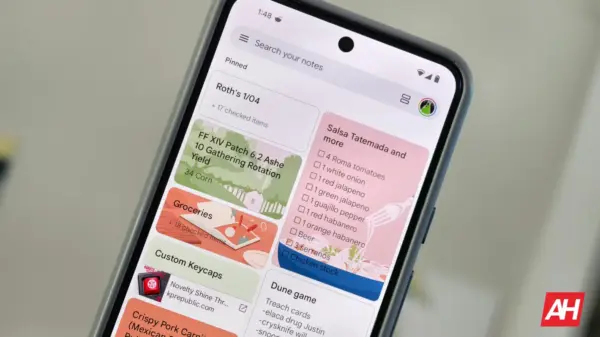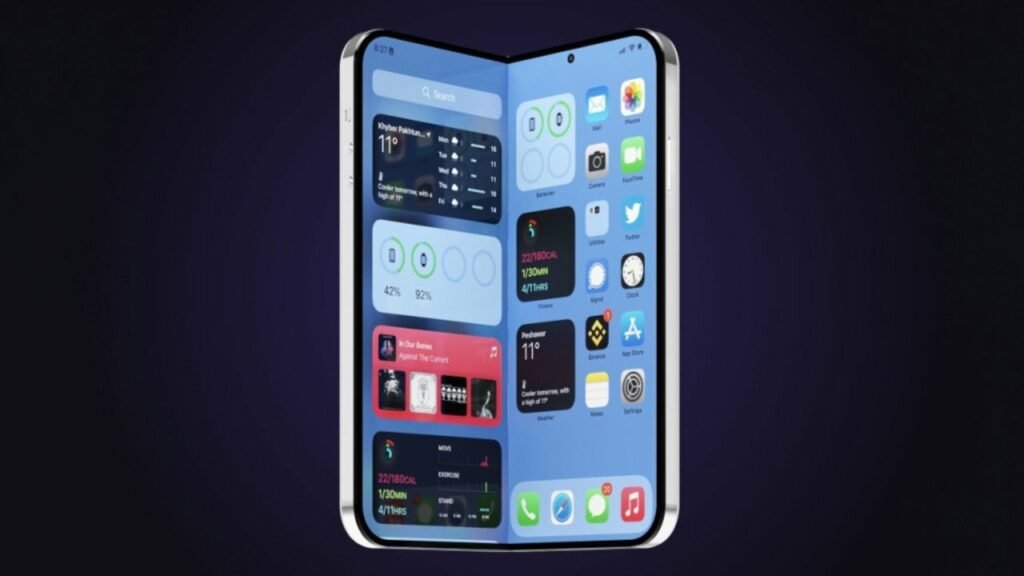Apple is raising its sales targets as it prepares for the launch of the highly anticipated iPhone Fold in 2026. Recent analyses indicate that the tech giant is optimistic about the potential success of foldable devices, including a foldable iPad expected to debut in 2028. With a confident outlook, Apple has adjusted its sales forecasts for the iPhone Fold, anticipating sales of between 8 million and 10 million units in its first year—up from an earlier projection of 6 million to 8 million.
Analyst Ming-Chi Kuo from TF International Securities provided these updated figures, which reflect Apple’s shift in viewing foldable smartphones not merely as niche products but as viable mass-market technology. Kuo is recognized as a reliable source for Apple-related forecasts, often drawing insights from the company’s supply chains in Asia, and has a history of accurate predictions regarding new product launches.
Looking ahead to 2027, expectations for the iPhone Fold’s sales are even more ambitious. Apple is now projecting sales of between 20 million and 25 million units, significantly higher than earlier estimates of 10 million to 15 million. This increase underscores Apple’s commitment to capturing a larger share of the foldable smartphone market.
The iPhone Fold is expected to launch as part of the iPhone 18 series and could represent a pivotal moment in Apple’s product strategy. The device is designed to integrate innovative features that could set it apart from existing competitors. There are indications that Apple may also price the iPhone Fold competitively, potentially making it more accessible than other premium foldable smartphones currently on the market.
In addition to the iPhone Fold, Kuo has hinted at a foldable iPad slated for 2028, with anticipated sales of 0.5 million to 1 million units. This larger device, designed for professional users and creatives, is expected to have an 18-inch to 20-inch display when opened, positioning it as a potential laptop replacement that could compete with products like Microsoft’s Surface line.
Both the iPhone Fold and the foldable iPad are expected to utilize Ultra-thin Glass (UTG) supplied by Corning. The production of this advanced glass is notably complex, as it is sensitive to micro-cracks and other physical stresses. This complexity could result in a manufacturing cost that is two to four times higher than standard smartphone glass, reflecting the premium nature of these upcoming devices.
Apple’s venture into the foldable market comes as it competes with established players like Samsung, which has been a leader in this space since the launch of its first foldable smartphone, the Galaxy Fold, in April 2019. Initially plagued by durability issues, Samsung has since made significant improvements, with its current models, the Galaxy Z Fold 7 and Z Flip 7, proving to be popular among consumers. Prices for these devices start at $999, setting a benchmark that Apple may consider as it finalizes its pricing strategy.
While competitors like Huawei, Xiaomi, and Oppo have developed their own foldable smartphones, most of these products are primarily targeted at the Chinese market. Google’s Pixel Fold is also available but limited to select markets. With its strong ecosystem and devoted customer base, Apple may leverage its brand loyalty to capture a significant share of this emerging market.
As Apple gears up for the launch of the iPhone Fold, it faces both challenges and opportunities. The company’s ability to address the intricate design and durability issues associated with foldable technology will be crucial to its success. If Apple can effectively navigate these challenges, the iPhone Fold could redefine consumer expectations and significantly impact the smartphone landscape.





































































